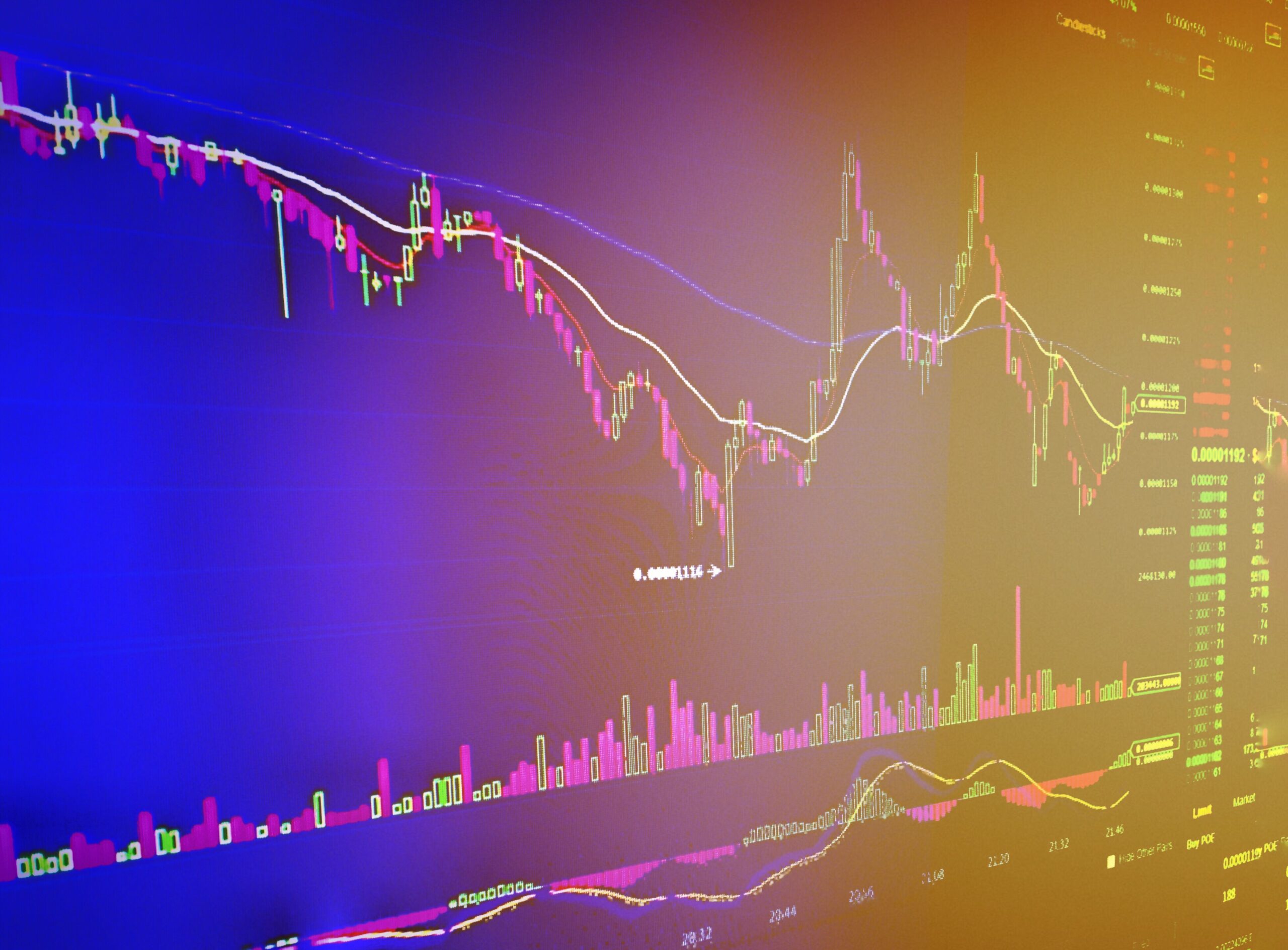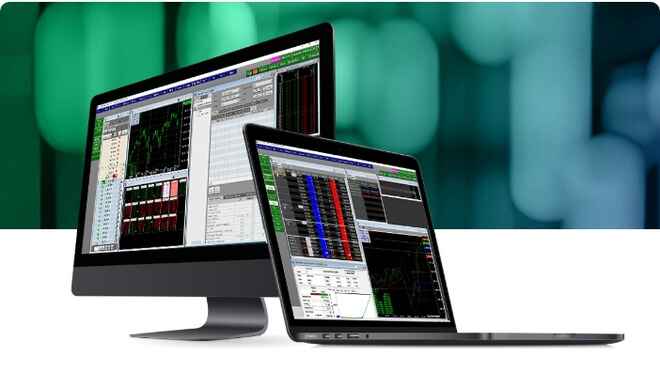10 Year T-Note Futures Markets
Bond futures are futures contracts where the commodity to be delivered is a government bond that meets the standard outlined in the futures contract (e.g., the bond has a specified remaining time to maturity). The 10-year Treasury note futures, or 10-year T-note futures, are a debt obligation issued by the U.S. government that matures in 10 years. A 10-year Treasury note futures contract pays interest at a fixed rate once every six months and pays the face value to the holder at maturity. An advantage of investing in 10-year Treasury notes is the interest payments are exempt from state and local income tax; however, they are still taxable at the federal level.
10-Year T-Note Futures – Contract Specs
| Contract Symbol | Contract Units | Price Quotation | Trading Exchange | Trading Hours | Tick Value |
| ZN | $100,000 | points and fractions of points with par on the basis of 100 points | CME GLOBEX | 17:00 – 16:00 | 1/2 of 1/32 of one point (0.015625) = $15.625 |
10 Year T-Note Futures History
Interest rate futures were pioneered by the Chicago Board of Trade in 1975, in response to a growing need for tools that could protect against sharp and frequent swings in the cost of money.
10 Year T-Note Futures Facts
Trading 10-year T-note futures allows a trader to assess directionality of interest rates as well the ability to hedge risk at the end of a yield curve. Participating in 10-year T-note futures can also allow one to use a variety of trading strategies like spread trading and trading against different Treasury futures contracts. 10-year note futures have experienced large-scale success as the scale and global significance of U.S. Treasury investment has grown over the years. The products are used internationally by institutional and individual investors for purposes of both abating and assuming risk exposures. When there are shocks or bad news in the market, investors flock to the U.S. Treasury bonds and notes (and futures) for a safe haven to protect their capital. This is referred to as a “flight-to-quality” investing and usually drives interest rates lower. However, when the economy faces good news, investors abandon the safety of Treasury bonds and invest in other products that offer more attractive yields. This causes prices to drop and interest rates to rise.
Trading 10 Year T-Note Futures
- 10-year note futures are traded at the Chicago Mercantile Exchange Globex platform.
- One U.S. Treasury note has a face value at maturity of $100,000.
- The first five consecutive contracts in the March, June, September and December quarterly cycle.
- Two, three, five and seven-year Treasury note futures are also traded through the CME.
- The 10-year U.S. Treasury note futures market is high-volume, adding to its liquidity. Supply and demand levels are solid and easy to identify.
RJO University
Gain the knowledge and skills to trade futures with confidence. Access in-depth guides, market analysis, and actionable insights. Whether you’re a novice or seasoned trader, our century of industry experience empowers you to navigate complex markets and make informed decisions. Start your journey with RJO’s trusted expertise.
 Fundamental Analysis
Fundamental Analysis
Interest Rates and Inflation – How are They Related?
 10-Year T-Note Futures
10-Year T-Note Futures
Factors Behind Interest Rate Changes
 10-Year T-Note Futures
10-Year T-Note Futures
The NOB Spread and Fed Policy
 Agriculture Futures
Agriculture Futures


